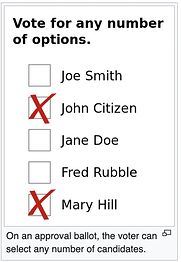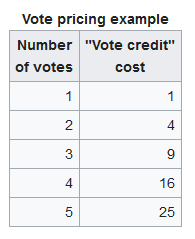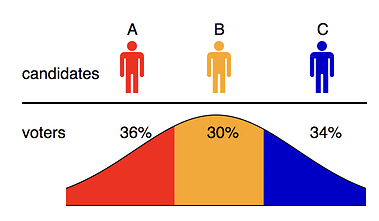The intention of this doc is to provide a simple guide for how to make decisions in the TEC. It will be great to hear feedback for 1. is this easy to understand? 2. Is there something missing? 3. Does anything sounds off? Thank you in advance 
Hopeing to get @JessicaZartler @JeffEmmett @Griff @Tamara @ZeptimusQ and @Suga 's attention 
Freely based on the concept of “quality consent” presented by A.R.Greene in her paper Consent and Political Legitimacy. Working groups are small enough environments to produce a positive governance assessment by its members. Decisions that are local to each working group can be proposed by its members and discussed in meetings without the need of formal Advice Process or voting tools. Smaller decisions should have autonomy to be taken by the ones closer to its implications, without the need of producing attention costs to the whole community. The decisions should be transparent and shared in the large community call or stewards meetings.
Where: Working groups meetings and chats on Discord
Use Cases: Local decisions
When a community member needs to make an important decision, they seek advice from other stakeholders and those with expertise. Taking this advice into account, the decision-maker decides on an action and informs those who have given advice. Read more about the origin of this process and how it works here. (description taken from Jess draft article on TEC’s polycentric governance)
Where: Advice process section in the TEC forum
Use cases
Financial proposals that will be submitted to Conviction Voting - Proposers can get a signal from the community by sharing their proposal for Advice Process before submitting for voting to the DAO. When the proposal is ready to be shared, they can move it to Conviction Voting category in the forum and then to the Conviction Voting app on-chain.
Cultural agreements and practices - Community members can submit a proposal for advice process and promote their submission in community channels like Soft Gov and Culture, General and Community Hall to enhance participation.
If the feedback was satisfactory to the proposer and a clear path for implementation is visible, they can go ahead and execute it. If the signal was unclear or comments of concern are expressed during Advice Process making space for other choices, the proponent is encouraged to submit the proposal with integrated feedback to Snapshot.
“Snapshot is a decentralized voting system. It provides flexibility on how voting power is calculated for vote. Snapshot supports various voting types to cater to the needs of organizations. Creating proposals and voting on Snapshot is user friendly and does not cost any gas as the process is performed off-chain. In short, Snapshot is an off-chain gasless multi-governance client with easy to verify and hard to contest results.” (description taken from Snapshot Gitbook)
Where: Snapshot
Use Cases
Cultural Agreements and Practices
- When a cultural agreement will likely affect a majority of stakeholders - recommended use of Quadratic Voting
- when it needs a clear yes or no decision - recommended use of single choice voting or quadratic voting
Community signal for on chain proposals (CV, TAO Voting)
- When multiple choices need a ranked choice signal for what topics to move forward with. - recommended use of Ranked Choice voting or Approval Voting
Runoff votes of Crowd Proposal Making
(see Tokenlog crowd proposal making explanation) Recommended use of Ranked Choice Voting, Approval Voting or Quadratic Voting.
Types of Snapshot Voting:
The TEC uses the most common voting strategy on Snapshot: erc20-balance-of. It means that all voting types are token weighted so only TEC stakeholders have access to the voting sessions.
The types of voting each proposal will need should be decided by the proposer, but recommendations are provided above. See all types here.
“ It allows projects to continuously gather feedback from their token holders in order to help plan and prioritize their work. It allows token holders to actively signal which items matter to them rather than just vote on single proposals.” Description taken from Tokenlog home page Tokenlog uses quadratic voting.
Where: Each vote will have a special repository.
Use Cases
Collaborative Economics - The TEC is pioneering the dissolution of technocracy into community education and participation. The Hatch DAO parameters were chosen using Tokenlog, so will the Commons Upgrade. The dashboards can be linked to github so proposals can be made straight from the dashboard to Tokenlog.
Crowd Proposal Making - When everyone is encouraged to submit proposals on a similar topic to use the collective intelligence of the community to find the best solution for a challenge. The top voted proposals should then be sent to Snapshot for a final decision.
 :
: 



